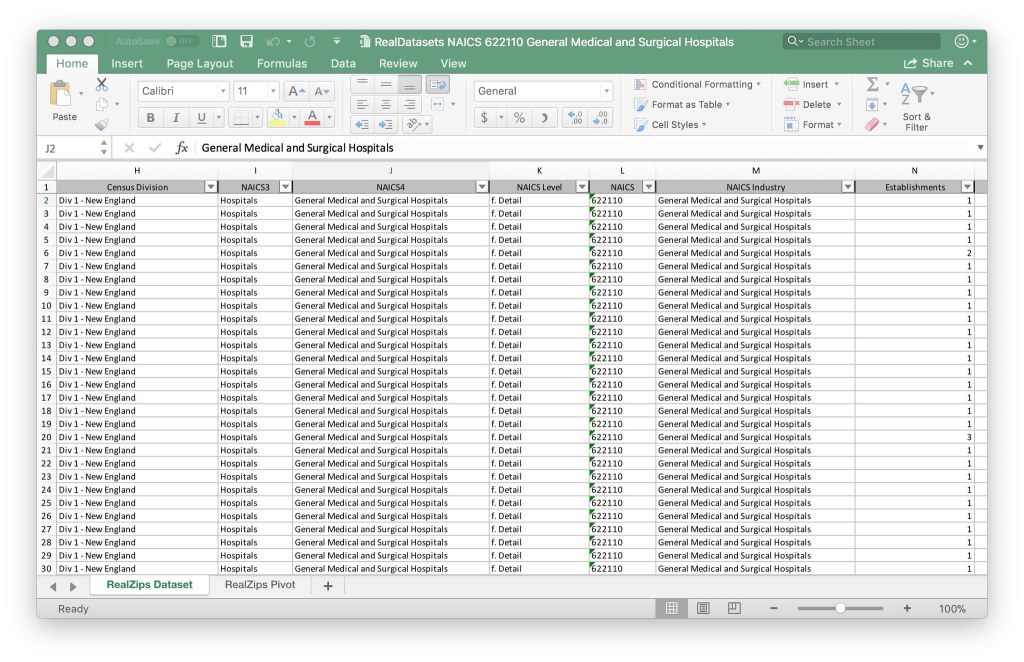Interior Design NAICS: A Comprehensive Guide to the Industry
Greetings, Readers! Today, we delve into the world of interior design NAICS (North American Industry Classification System) and explore its significance in the field of design and decor. In this article, we will provide you with valuable insights into the NAICS code for interior design, its applications, advantages, and disadvantages. So let’s dive in and discover the intricacies of this fascinating industry!
Introduction
Interior design NAICS is a system that classifies businesses and industries according to their economic activities. In the United States, this classification plays a vital role in organizing and analyzing data related to various sectors. The NAICS code for interior design falls under the broader category of Professional, Scientific, and Technical Services.
As the demand for innovative and aesthetically pleasing interiors continues to grow, the interior design NAICS code helps businesses and professionals in this industry streamline their operations and gain a competitive edge. It provides a standardized way of categorizing and classifying interior design services, making it easier for clients to find and engage with professionals in this field.
Now, let’s take a closer look at the key aspects of interior design NAICS:
What is Interior Design NAICS?
Interior design NAICS refers to the specific code assigned to businesses and professionals involved in the interior design industry. It falls under NAICS code 541410, which includes architectural, engineering, and related services. This code enables the government, researchers, and businesses to track and analyze data pertaining to the interior design sector.

Image Source: realdatasets.com
Who Uses Interior Design NAICS?
Interior design NAICS is utilized by various stakeholders in the industry. Design firms, individual designers, and decorators can use this code to classify their services and target specific clientele. Additionally, government agencies, market researchers, and industry analysts rely on interior design NAICS to gather data, perform market analysis, and track industry trends.
When Was Interior Design NAICS Established?
The NAICS system was first implemented in 1997 and has since undergone revisions to adapt to changing economic landscapes. The current version, NAICS 2017, provides a comprehensive classification system for businesses operating in North America. The inclusion of interior design as a distinct category highlights the industry’s growth and significance.
Where Does Interior Design NAICS Apply?

Image Source: realdatasets.com
Interior design NAICS is applicable in the United States, Canada, and Mexico. These countries use the NAICS system to classify businesses and collect statistical data on economic activities. The interior design NAICS code ensures consistency and accuracy in categorizing interior design services across these regions.
Why is Interior Design NAICS Important?
The interior design NAICS code plays a crucial role in promoting transparency and efficiency in the industry. It enables businesses and professionals to accurately identify their target market, collaborate with other industry players, and access relevant industry data. Additionally, the NAICS code helps clients and consumers find the right interior design services for their specific needs.
How Does Interior Design NAICS Work?
The interior design NAICS code follows a hierarchical structure, starting with the broad category of Professional, Scientific, and Technical Services (NAICS code 54). It then narrows down to specific sectors, such as architectural services (NAICS code 5413) and interior design services (NAICS code 541410). This hierarchical system ensures that businesses and professionals can be accurately classified based on their primary economic activities.
Advantages and Disadvantages of Interior Design NAICS
Like any classification system, interior design NAICS has its own set of pros and cons. Let’s explore them in detail:
Advantages
1. Standardization: Interior design NAICS provides a standardized framework for classifying businesses, facilitating data collection and analysis.
2. Market Research: The NAICS code allows researchers to gather accurate and comprehensive data on the interior design industry, aiding in market research and trend analysis.
3. Targeted Marketing: Businesses can utilize the NAICS code to target specific market segments and tailor their marketing strategies accordingly.
4. Collaboration Opportunities: Professionals in the interior design industry can leverage the NAICS code to identify potential collaborators and form partnerships.
5. Industry Recognition: The NAICS code enhances the industry’s recognition and establishes interior design as a distinct and important sector.
Disadvantages
1. Limited Scope: The interior design NAICS code may not fully encompass the diverse range of services and specialties within the industry.
2. Complexity: The hierarchical structure of the NAICS system can be complex, especially for businesses operating in multiple sectors.
3. Updates and Revisions: As the industry evolves, the NAICS code may need periodic revisions to ensure its relevance and accuracy.
4. Regional Variations: While NAICS is primarily used in North America, international businesses may have different classification systems, leading to potential inconsistencies.
5. Potential Misclassification: Determining the correct NAICS code for a business or service can be challenging, leading to possible misclassification and inaccurate data.
Frequently Asked Questions (FAQ)
1. What is the NAICS code for interior design?
The NAICS code for interior design is 541410, which falls under the category of Professional, Scientific, and Technical Services.
2. How can interior designers benefit from the NAICS code?
The NAICS code helps interior designers classify their services, target specific markets, and access valuable industry data for business growth and development.
3. Is the interior design NAICS code applicable outside of North America?
No, the NAICS code is primarily used in the United States, Canada, and Mexico. Other countries may have their own classification systems for interior design services.
4. Can businesses be classified under multiple NAICS codes?
Yes, businesses operating in multiple sectors can be classified under multiple NAICS codes based on their primary economic activities.
5. How often is the NAICS code updated?
The NAICS system undergoes revisions periodically to adapt to changing economic landscapes and ensure its accuracy and relevance.
Conclusion
In conclusion, the interior design NAICS code provides a standardized classification system for businesses and professionals in the industry. It enables accurate data collection, market analysis, and targeted marketing efforts. While it has its advantages and disadvantages, interior design NAICS plays a crucial role in driving transparency, collaboration, and growth within the industry.
Now that you have a comprehensive understanding of interior design NAICS, we encourage you to leverage this knowledge to make informed decisions in your design endeavors. Whether you’re a business owner, designer, or simply an enthusiast, the interior design NAICS code can be a valuable tool in navigating the ever-evolving world of design and decor.
Remember, stay updated with the latest revisions of the NAICS code and continue to explore new opportunities for growth and collaboration within the interior design industry. Happy designing, and may your spaces be filled with beauty and creativity!
Final Remarks
Disclaimer: The information provided in this article is for informational purposes only and should not be considered as professional advice. The NAICS code may vary based on specific regional regulations and business practices. It is recommended to consult with industry experts and official sources for accurate and up-to-date information.